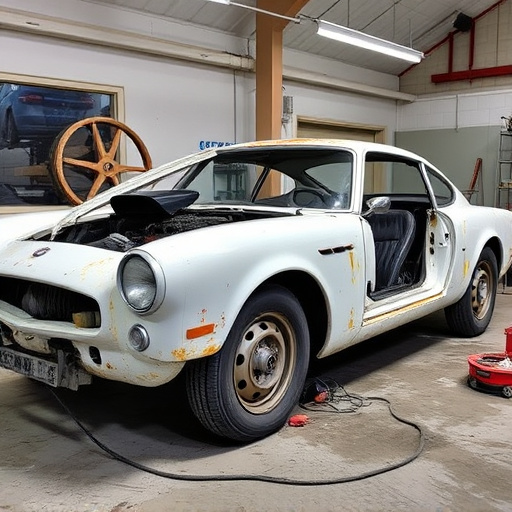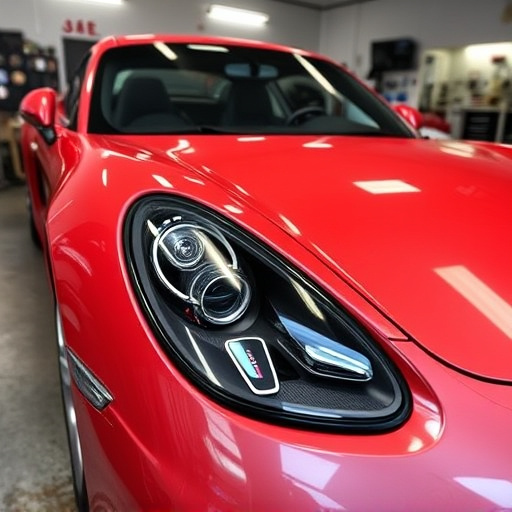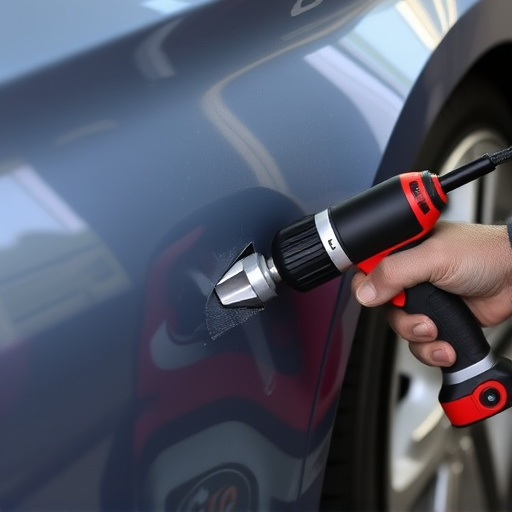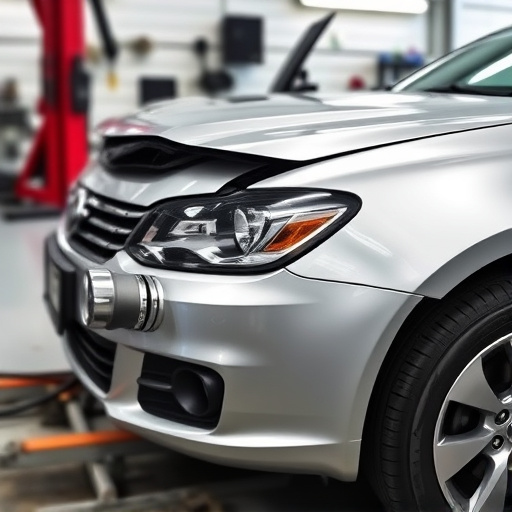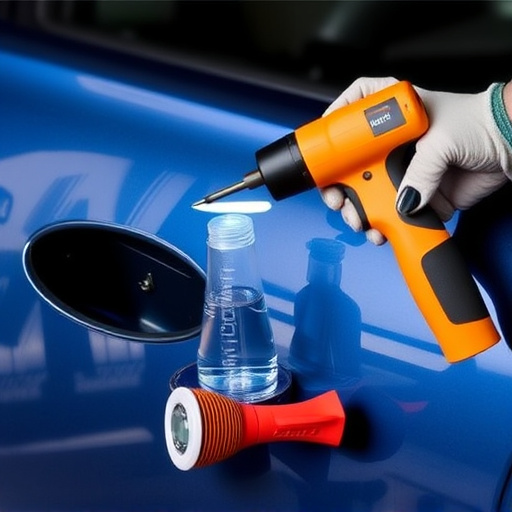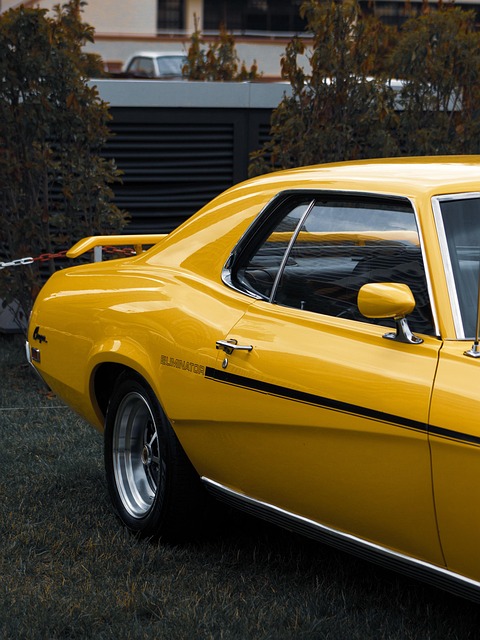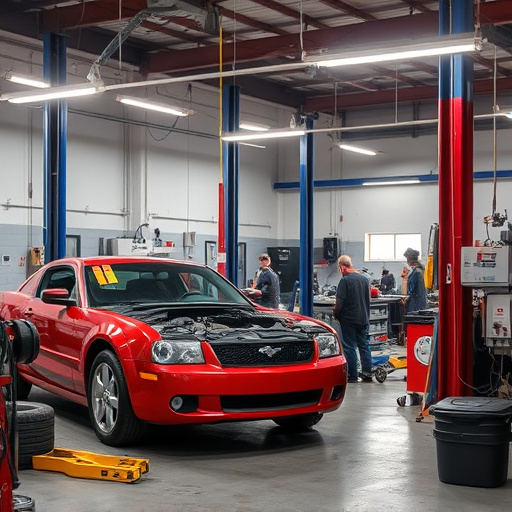Understanding windshield crack patterns and causes is crucial for prevention and effective windshield crack repair. Factors like road debris, extreme weather, or prior damage lead to various cracks (stress, chip-induced, thermal). Prompt inspection and professional auto glass repair services are key to addressing these issues. Common crack types include starburst, linear, and bulge; each has distinct origins. Environmental factors, such as temperature changes and intense sunlight, contribute to stress and micro-cracks. Regular cleaning, maintenance, and proactive measures like parking in shade and using UV protective coatings can extend windshield integrity, minimizing future damage risk and enhancing windshield crack repair efforts.
“Uncover the mysteries behind persistent windshield cracks and transform your driving experience! This comprehensive guide reveals seven powerful secrets to combat repeat issues. From deciphering crack patterns and environmental culprits to proactive maintenance tips, we empower you with knowledge. Learn the art of choosing the right washer fluid and wipers for optimal protection. Discover the fine line between repairing and replacing, and master crack-preventive strategies for long-term peace of mind. Embrace these secrets for effective windshield crack repair and bid farewell to recurring problems on the road.”
- Understanding Windshield Crack Patterns and Causes
- – Identifying common crack types and their origins
- – How environmental factors contribute to windshield damage
Understanding Windshield Crack Patterns and Causes

Understanding the patterns and causes behind windshield cracks is a crucial step in preventing their recurrence. These cracks can result from various factors, such as road debris, extreme weather conditions, or prior damage. Recognizing specific crack types—like stress cracks, chip-induced cracks, or thermal cracks—is essential for effective windshield crack repair. Different causes necessitate distinct approaches during the auto glass repair process, ensuring long-lasting solutions.
For instance, stress cracks often appear as linear fissures and are usually caused by temperature fluctuations or structural pressure within the glass. In contrast, chip-induced cracks can lead to more complex patterns and may require advanced collision repair techniques. Regularly inspecting your windshield for any signs of damage and addressing them promptly through professional auto glass repair services is key to mitigating future issues.
– Identifying common crack types and their origins
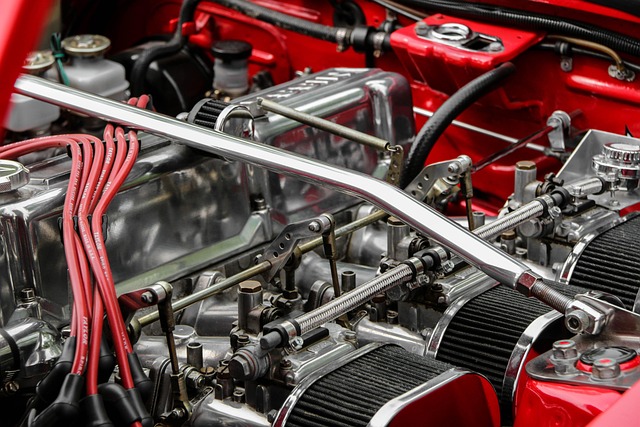
Windshield cracks can take various forms, each with its own unique origin story. Common types include starburst cracks, which radiate from a central point like a star, often caused by small stones or debris impact. Linear cracks, as the name suggests, are straight-line fractures that typically result from sudden force or pressure changes during an automotive collision repair. Bulge cracks, on the other hand, resemble inward-bulging bumps and can be caused by internal pressure changes within the windshield.
Identifying these crack types is crucial for effective prevention and repair strategies. Understanding their causes, whether it’s from car scratch repair mishaps or more severe collision events, helps drivers know when to seek professional automotive repair services. Prompt crack repair not only enhances safety but also prevents further damage, ensuring your vehicle’s glass remains intact and secure during driving.
– How environmental factors contribute to windshield damage
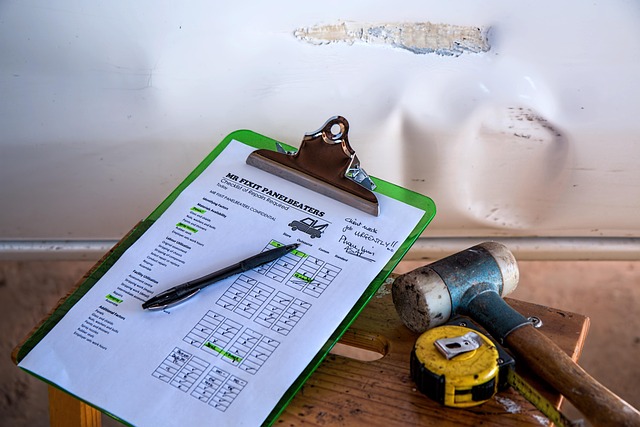
Windshield damage isn’t just caused by random acts of nature or careless driving; environmental factors play a significant role in the development and recurrence of cracks. Extreme weather conditions, such as sudden temperature changes, freezing rain, and intense sunlight, can all contribute to windshield stress. For instance, rapid heating and cooling cause thermal expansion and contraction, leading to micro-cracks that might go unnoticed until they worsen. Moreover, exposure to UV rays from the sun over time can weaken the glass, making it more susceptible to damage.
While regular cleaning and maintenance are crucial for windshield crack repair, understanding these environmental influences is essential in preventing future issues. Auto body repair specialists often advise drivers to park their vehicles in shaded areas during hot weather and avoid letting windshields freeze solid during cold snaps. Additionally, using sun visors and applying UV protective coatings can offer extra layers of defense against the elements, ensuring your car’s windshield remains intact for longer.
By understanding the patterns and causes of windshield cracks, such as stress fractures, star bursts, and cracks from impact, and being aware of environmental culprits like extreme temperatures and road debris, you can take proactive steps to prevent repeat issues. Regular windshield crack repair and maintenance can significantly reduce the likelihood of further damage, ensuring a safer and more reliable driving experience.
